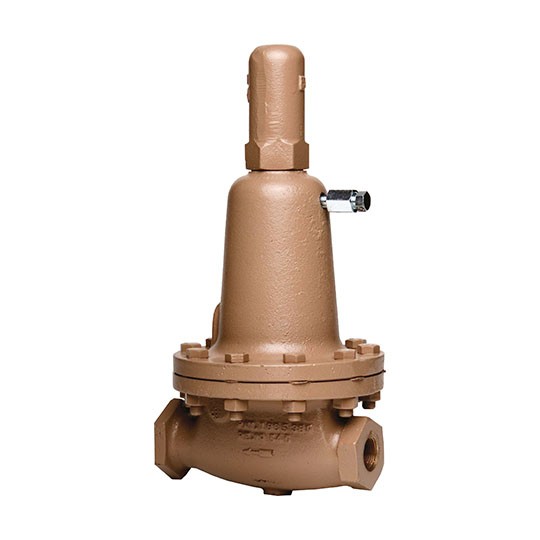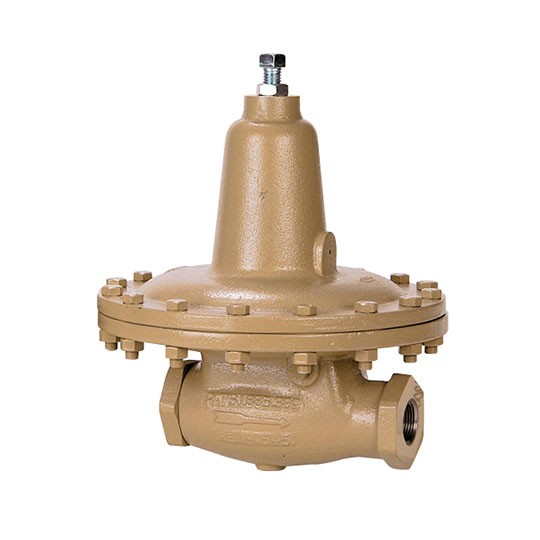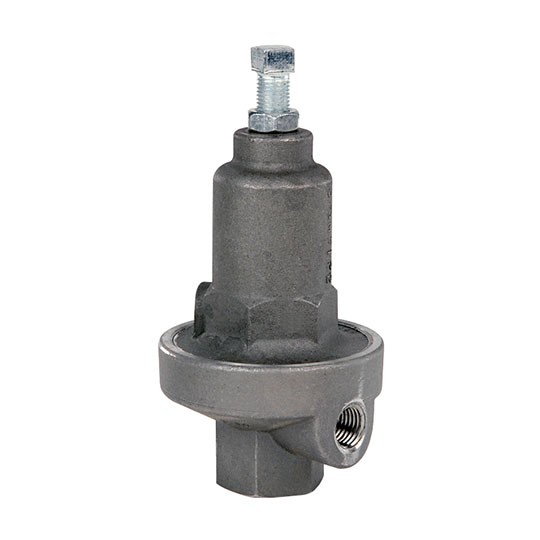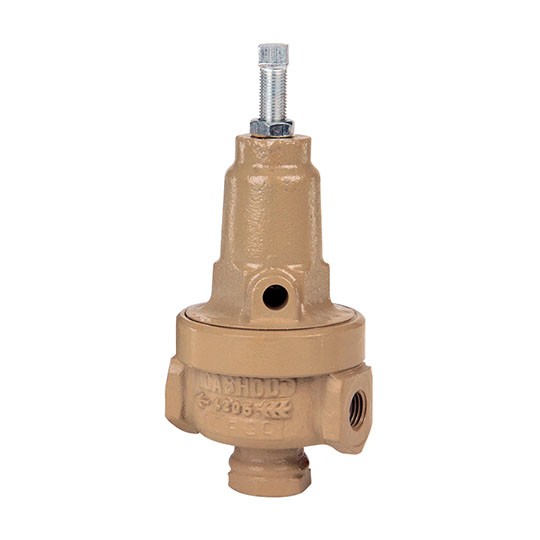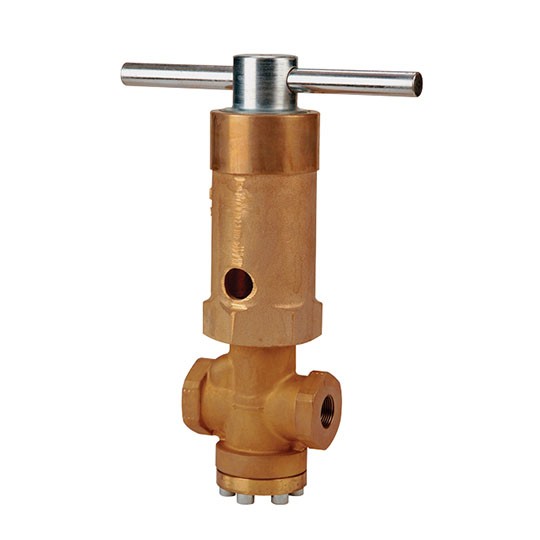Pressure reducing regulators
Pressure reducing regulators make up approximately 85% of all regulator applications. The purpose of the pressure reducing regulator is to reduce a higher pressure to a lower pressure. Pressure is created by either a compressor or a pump depending on the fluid. The pressure must be great enough to go from one point in the system to another, passing through various components in the system and account for any pressure loss across the system.
Pressure Reducing Regulators – common sizes and configurations
Simply stated there is always going to be an excess of pressure available to the system that, in many cases, must be reduced to a lower pressure to be used by the system. In many applications a pressure reducing regulator can control a process better than a control valve.
Typical sizes for pressure reducing regulators vary from ¼” up to 6.0”, however regulators above a 2.0” size become cost prohibitive when compared to a control valve. The exception is when the location is such that a control valve is not a reasonable choice.
Pressure reducing regulators come in various configurations including pressure reducing, differential pressure reducing with both positive and negative bias. Differential pressure reducing regulators are used where the outlet of the regulator must be maintained at a set difference, either above or below a reference pressure.
A common example would be a steam atomizing regulator. If a burner system is designed to operate using number 6 or bunker C fuel oil, the only way to burn that oil is by mixing it with steam. The differential pressure reducing regulator will control a positive bias of about 1 bar keeping the steam pressure higher than the oil pressure throughout the firing sequence of the burner.
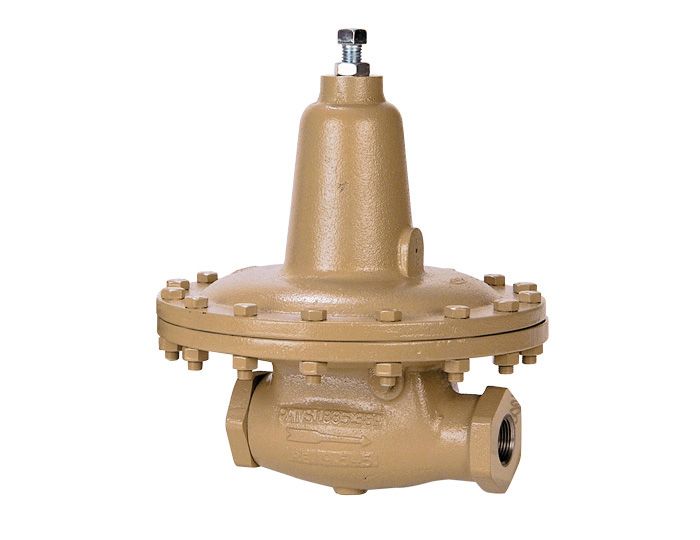
Models 1000HP-1+6 or 1000HP-1+8 are differential reducing regulators used to maintain a relatively constant pressure differential between the fluid loading pressure – P Load, and the valve’s outlet pressure – P2, with P2 pressure higher than P Load pressure. Model 1000HP-1+6 is a single-diaphragm differential construction.
Model 1000HP-1+8 is a double-diaphragm differential construction. A double-diaphragm design prevents the fluid passing through the body from mixing into the loading fluid pressurizing the spring chamber in the event of a diaphragm failure. The design takes advantage of all the features of the basic 1000HP reducing regulator; see Technical Bulletin 1000HP-BASIC-TB. The availability of optional construction and body and trim materials is limited to those indicated in this Technical Bulletin.

The Model 1000LP is a high capacity, low pressure regulator used to control downstream pressure Sizes are from 1/2″ through 1″ (DN15 through DN25). The 1000LP is the low pressure version of the Cashco 1000HP reducing regulator. The designs are essentially equal, except that the 1000LP has a larger diaphragm area which is required for the lower operating pressures. The unique internals design allows use in a multitude of applications, including process fluids that normal pressure reducing regulators cannot match.

The Model 3381 is an inexpensive, bronze pressure reducing regulator designed to handle small to mid capacity flow rates in general service. This unit is capable of controlling outlet pressure to a level between 2 and 200 psig (.34 and 13.8 Barg). Designed to control a wide range of fluids including industrial gases, air, oil, steam and water.

The Model 345 is a piston style, heavy duty, high pressure reducing regulator that can include balanced trim with a TFE or nylon seat for controlling down stream pressure between 50 and 3000 psig (3.4 and 207 Barg), with inlet pressures up to 4000 psig (275 Barg). The metal seated version is an unbalanced trim design. Where trim wear is expected, metal seating surfaces may be stellited. Sizes 1/2″, 3/4″ and 1″ (DN15, 20, and 25). Available options include flanged end connections.


